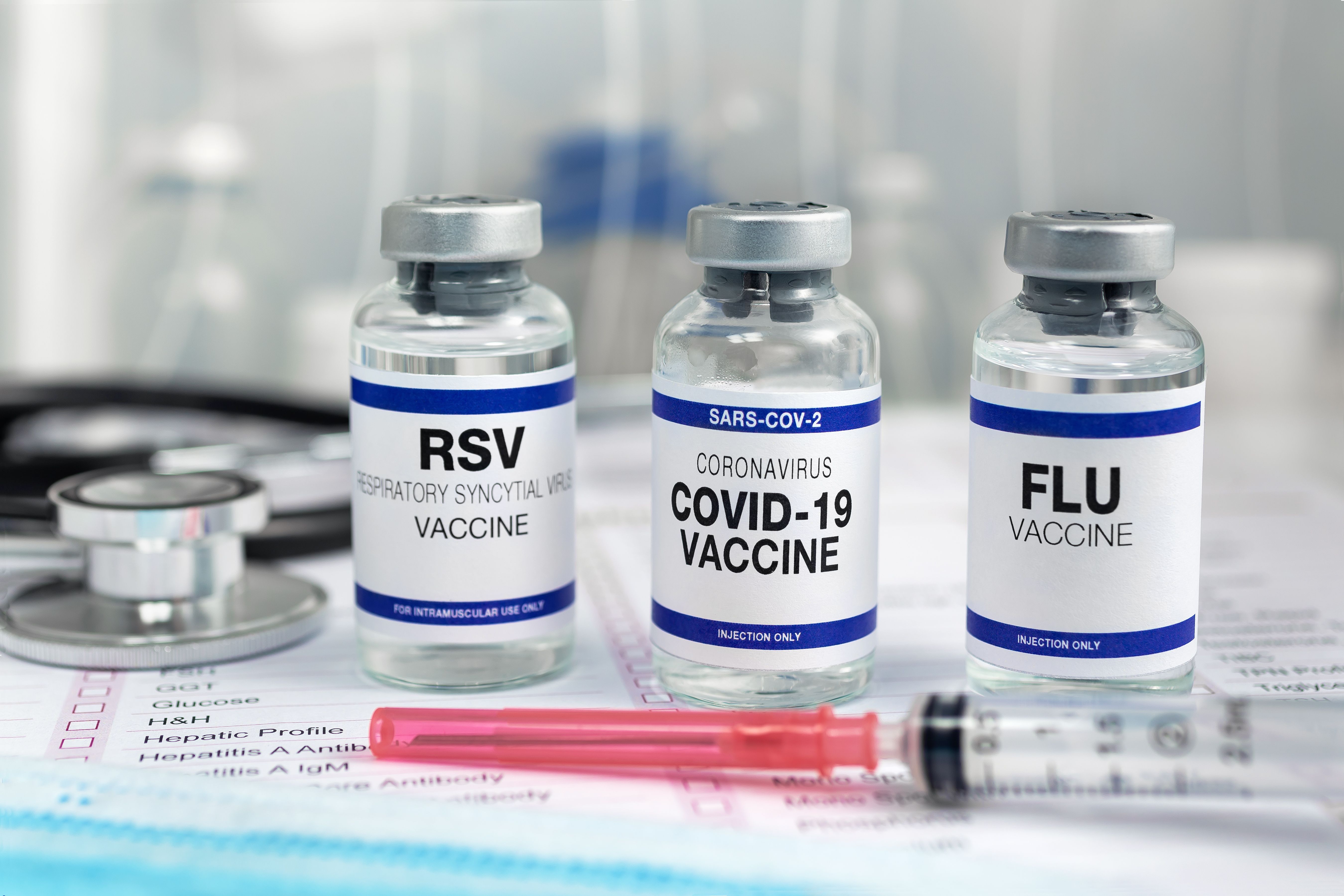Article
Children's Multivitamins Commonly Marketed as Food Products
Author(s):
Routine pediatric multivitamin use is not endorsed by any major medical association because it is considered unnecessary for almost every young patient. Regardless, many parents rely on multivitamins for their children, especially in households where balanced nutrition is difficult or impossible due to time or money constraints.
Routine pediatric multivitamin use is not endorsed by any major medical association because it is considered unnecessary for almost every young patient. Regardless, many parents rely on multivitamins for their children, especially in households where balanced nutrition is difficult or impossible due to time or money constraints.
When it comes to pediatric multivitamins, do creative marketing approaches cause children to confuse the products as food? And do such marketing materials influence sales?
A team of researchers examined those questions in a study that appeared electronically ahead of print in the Journal of Community Health. To do so, the authors collected data on 52 products from the websites of major chain pharmacies and multivitamin manufacturers.
According to the investigators, manufacturers often used text and pictures to depict various product attributes on their packaging, including:
· Structure/function claims (82.7%)
· Appealing flavors (80.7%)
· References to fad diets (53.8%)
· Trademarked (cartoon) characters (42.3%)
· Pictures of food (19.2%)
On 1 chain pharmacy’s website, label designs included Disney princesses, Mickey Mouse, comic book characters, cartoon bears, and pictures of fruit, suggesting that the product contained fruit.
Children are often resistant about taking medication, so shapes and flavorings are frequently used as enticements. For this reason, manufacturers purposely design children’s multivitamins to look like candy.
In the study, roughly 3 in 4 products were “gummies” (69.2%), and about 1 in 4 (28.8%) were chewable tablets. In fact, only 1 of the studied products had the familiar medication form of a capsule.
Since packaging, symbols, and text influence point-of-purchase food decisions, the researchers concluded that language on children’s multivitamins might unduly influence parents. In turn, parents might be led to believe that a daily multivitamin serving provides the stated structure/function support, or that the supplements possess specific qualities and result in explicit effects that, in actuality, are not likely to be present.
Multivitamin overdoses in children aged <12 years cause 35,000 calls to poison control hotlines every year. In fact, multivitamin overdose is the sixth leading cause of overdose among patients aged <5 years.
Pharmacists can educate parents on overdose risk and emphasize that nutrition from diet is preferred over supplementation. Pharmacists should give special attention to supplements containing iron and/or the fat-soluble vitamins, A, D, E, and K.





